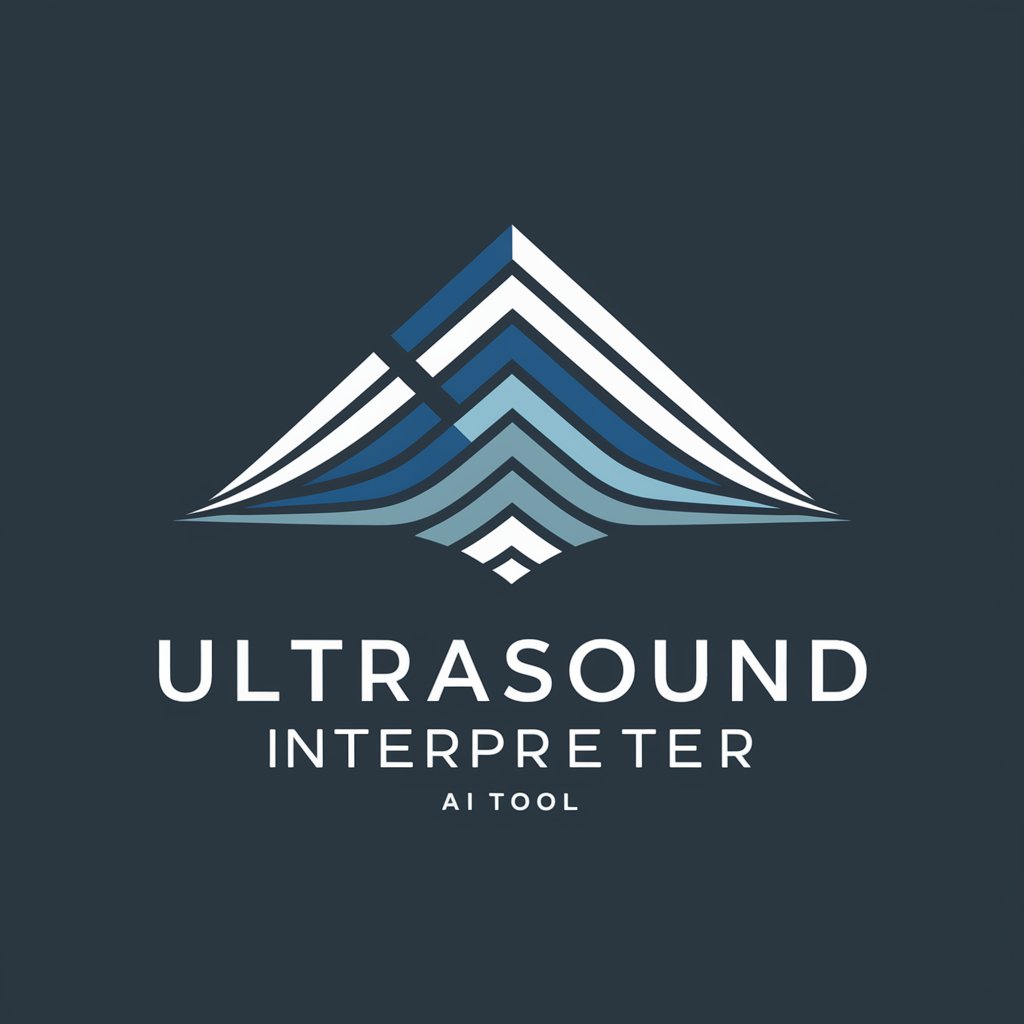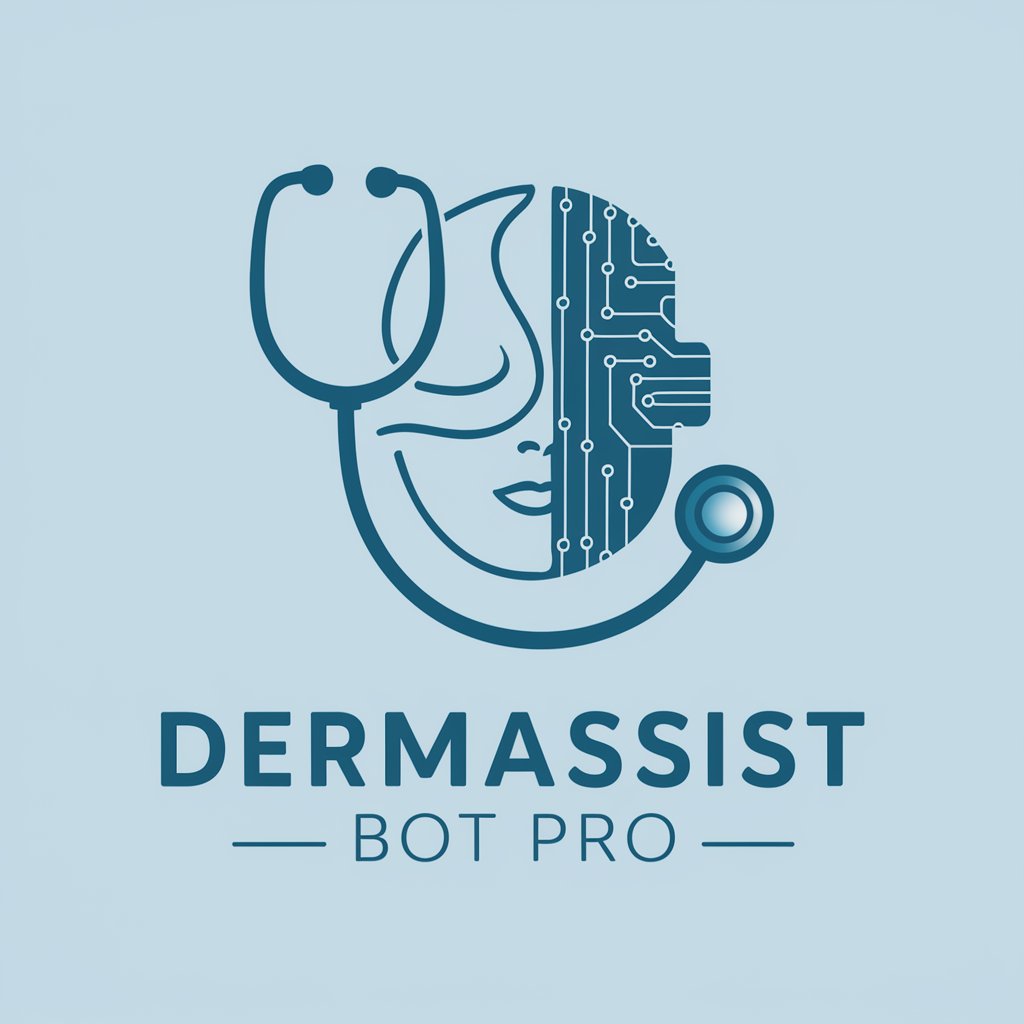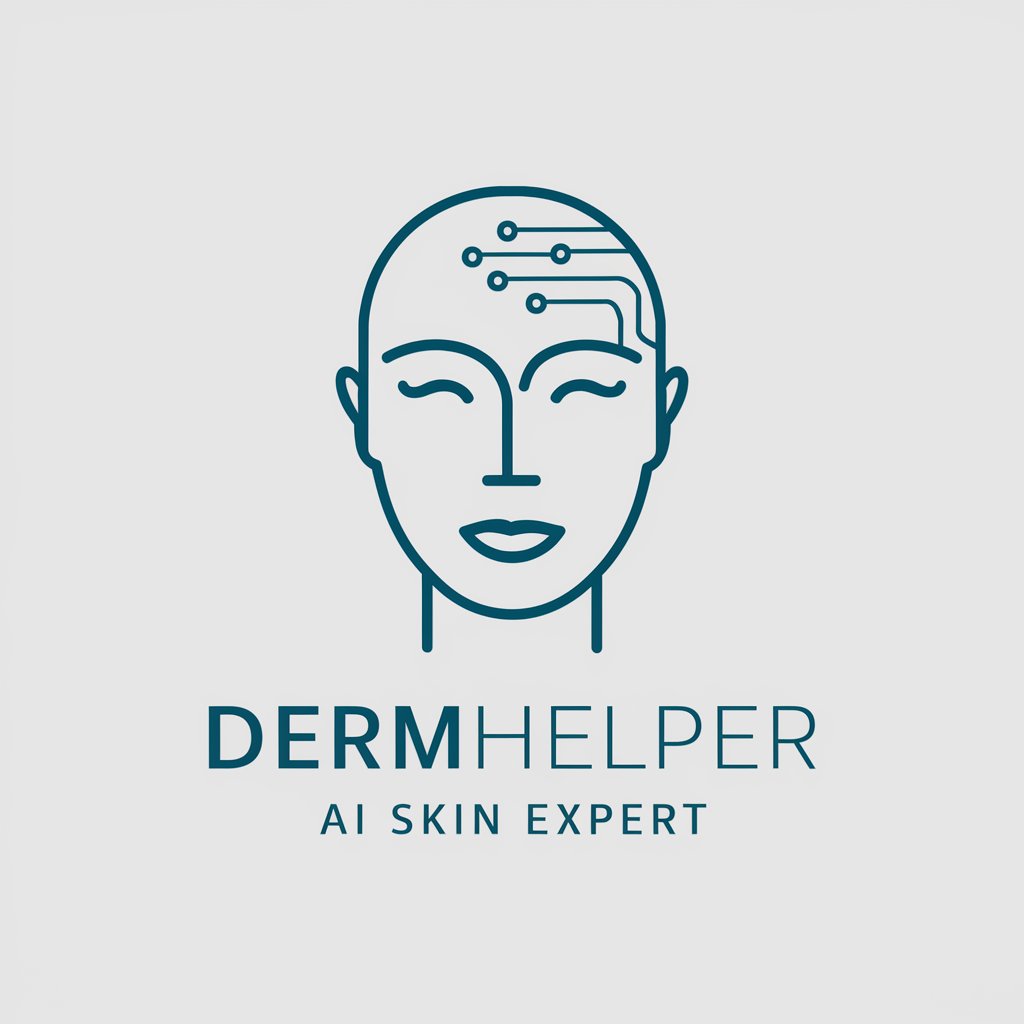6 GPTs for Condition Identification Powered by AI for Free of 2026
AI GPTs designed for Condition Identification harness the power of Generative Pre-trained Transformers to provide specialized solutions for diagnosing, identifying, and understanding various conditions. These tools are pivotal in fields where precise identification of conditions is crucial, integrating advanced AI to analyze, predict, and offer insights based on vast data sets. They are engineered to address specific challenges in condition identification, offering accurate, efficient, and context-aware solutions.
Top 6 GPTs for Condition Identification are: Ultrasound Interpreter,SkinGuardian,🔍🤖 DermAssist Bot Pro 🩺💡,🔍✨ DermHelper: AI Skin Expert,Dermatology,Skin Sense
Ultrasound Interpreter
Revolutionizing Ultrasound Analysis with AI

SkinGuardian
Your AI-powered Skin Health Companion

🔍🤖 DermAssist Bot Pro 🩺💡
Empowering skin health with AI insights

🔍✨ DermHelper: AI Skin Expert
Empower your skin health with AI.

Dermatology
AI-powered Dermatology Guide

Skin Sense
Empower your skin health with AI

Key Attributes and Functionalities
AI GPTs for Condition Identification boast adaptability across a range of complexity, from basic identification tasks to intricate diagnostic processes. Key features include sophisticated language understanding for processing natural language queries, technical support for specialized fields, enhanced web searching for comprehensive data retrieval, image analysis capabilities for visual condition identification, and advanced data analysis tools for insightful condition assessments. These features ensure that the tools are versatile, precise, and capable of handling diverse condition identification tasks.
Intended Users of AI GPTs in Condition Identification
The primary users of AI GPTs for Condition Identification span from beginners to professionals in various fields requiring condition analysis. This includes healthcare professionals diagnosing diseases, IT technicians identifying system issues, environmental scientists tracking ecological changes, and more. The tools are designed to be user-friendly for those without programming skills, while offering extensive customization options for developers and experts, making them accessible and adaptable for a wide audience.
Try Our other AI GPTs tools for Free
Dermatological Support
Explore the cutting-edge AI GPTs designed for Dermatological Support, enhancing diagnosis, treatment, and research in dermatology.
AI Diagnosis
Discover AI GPTs for AI Diagnosis: advanced tools designed to analyze, interpret, and enhance AI models through tailored diagnostics and insights. Ideal for developers and AI enthusiasts.
Company Information
Discover how AI GPTs revolutionize Company Information management, offering real-time insights, tailored data analysis, and intuitive interfaces for all user levels.
Free Trial
Explore AI GPTs with Free Trials to unlock innovative solutions across various tasks and topics without initial cost, tailored for both novices and professionals.
Detailed Answers
Discover how AI GPTs for Detailed Answers can transform your understanding and interaction with complex topics through tailored, in-depth responses.
Marketing Training
Discover how AI GPTs tools transform Marketing Training with tailored content creation, strategic insights, and innovative solutions for dynamic market engagement.
Expanding Horizons with AI GPTs
AI GPTs for Condition Identification are transforming the landscape of diagnostics and problem-solving across sectors. Their user-friendly interfaces and integration capabilities make them invaluable tools, streamlining processes and enhancing the accuracy of condition identification. These AI solutions offer a glimpse into the future of technology-driven diagnostics, where precision, efficiency, and adaptability are paramount.
Frequently Asked Questions
What exactly are AI GPTs for Condition Identification?
They are advanced AI tools utilizing Generative Pre-trained Transformers to accurately identify, diagnose, and understand various conditions through data analysis, language understanding, and image processing.
How do these AI tools differ from general-purpose AI models?
These tools are specifically tailored for condition identification tasks, equipped with specialized functionalities and knowledge bases to provide precise and context-aware insights in specific domains.
Can non-technical users operate these AI GPTs effectively?
Yes, these tools are designed with user-friendly interfaces that allow non-technical users to leverage AI for condition identification without the need for programming knowledge.
Are there customization options available for developers?
Absolutely. Developers can access APIs and programming interfaces to customize and integrate the AI tools into existing systems or to develop new, specialized applications.
What makes AI GPTs for Condition Identification unique?
Their ability to process and analyze complex data, understand natural language, and provide accurate, efficient, and tailored insights for condition identification sets them apart.
Can these tools integrate with other software or systems?
Yes, they are designed to be flexible and can be integrated with various software systems and platforms to enhance workflow and data analysis capabilities.
What types of conditions can these AI GPTs identify?
They can identify a wide range of conditions, from medical diagnoses and environmental changes to technical issues in machinery or IT systems.
How do AI GPTs ensure the accuracy of condition identification?
They utilize vast datasets, sophisticated algorithms, and continuous learning to improve accuracy and adapt to new information, ensuring reliable and up-to-date identification.